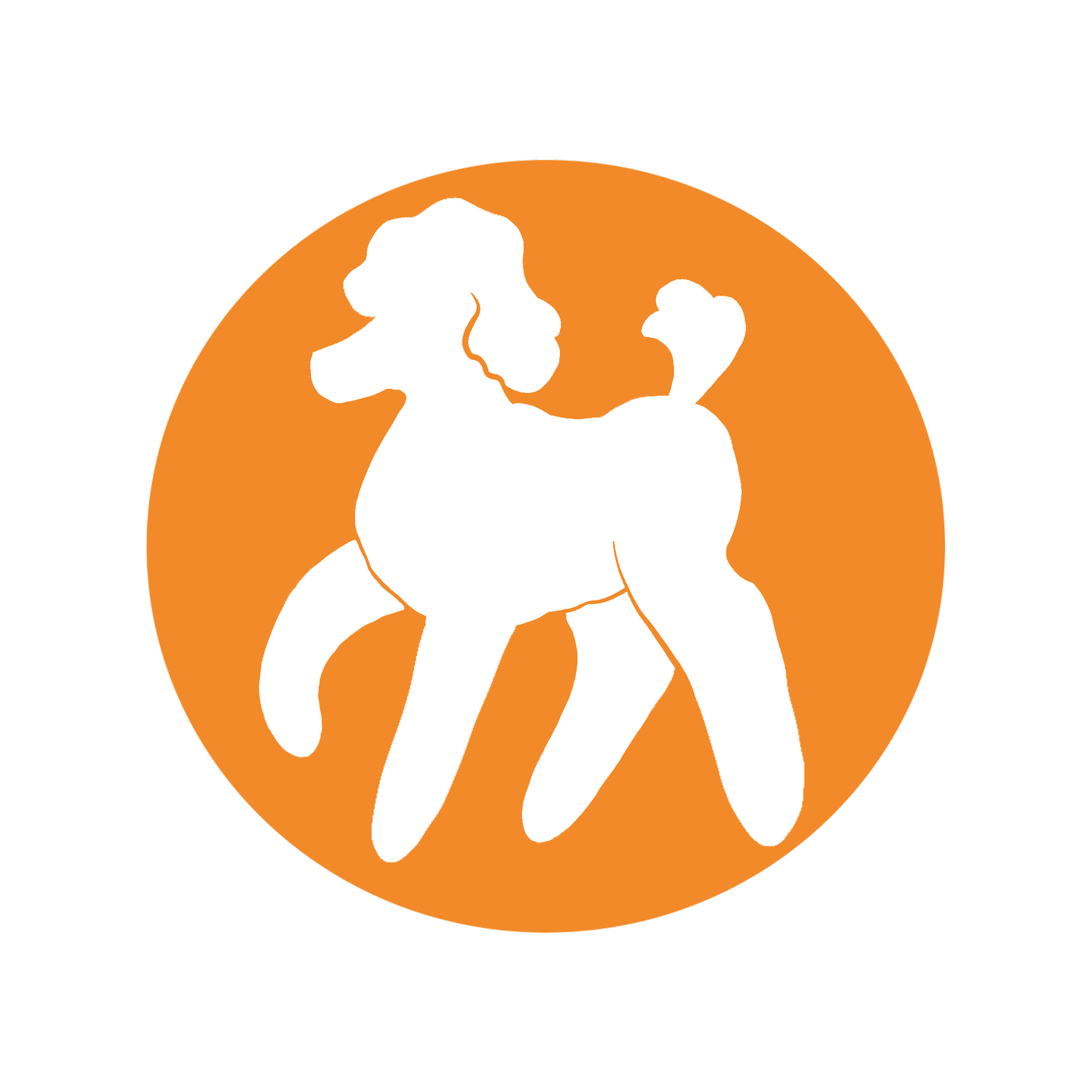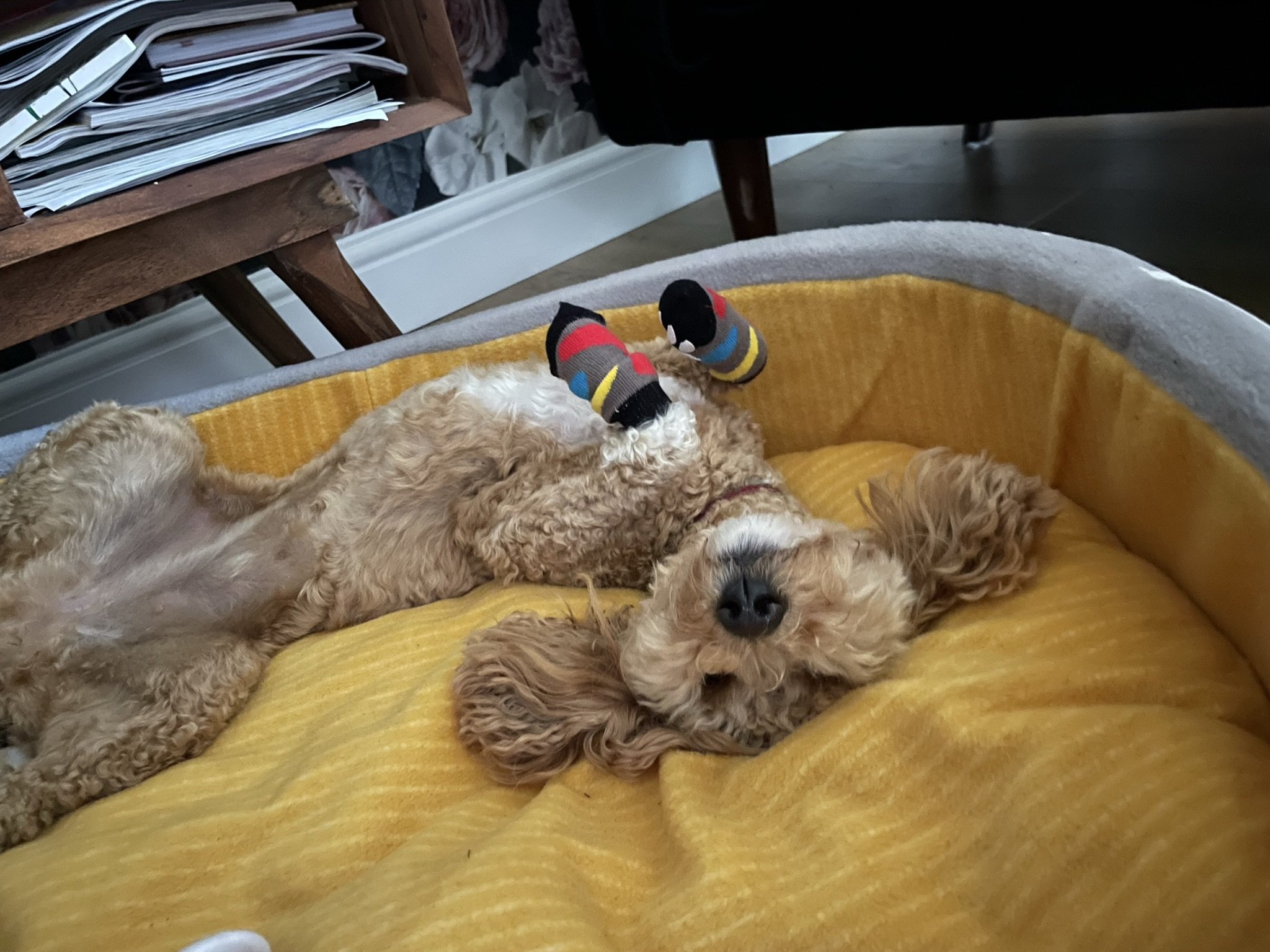Prompting vs. Directing
It’s essential you know how to interact appropriately with your learner when you’re using the buttons - so we’ll tell you, right here!
We’ll also explain what you shouldn’t do when using the buttons, and why. It’s really easy for teachers to be enthusiastic and accidentally make getting independent presses harder by putting pressure on their learner. That’s not something any teacher sets out to do, but this is a new process for both of you, so please take some time to read this guide so we can help you avoid some common mistakes and pitfalls.
Teaching the way we set out here will help your learner feel positive around their soundboard and improve your communication.
Before you start
It’s important to understand that no two learners are the same, they all have different ways of using their boards, will want to talk about different things, and their learning journey is unique. Set your expectations aside and never have targets for your learner’s use.
We’re giving you a quick reminder of the terms we generally use in the button community for discussing these issues, because it’s important we’re all talking about the same things.
Learner led - this doesn’t just mean that doing or not doing something is your learner’s choice. It means the learner should be in control of how something happens, and able to change their mind or walk away at any time. The teacher must honour the means of communication that their learner prefers, or that they know their learner understands. Teachers should never try to force a learner to use specific words, press the buttons a certain way, or even to use the buttons at all. Even choices like what word to add to the soundboard next should be determined by what the learner seems most interested in, not what words the teacher wants them to use.
Modelling - using buttons or words to describe what is happening or about to happen
Narrating - talking about what is happening
Requesting - asking for something
Non-verbal cues - your dog’s body language - like barks, meows, head gestures - and showing or leading you with their movements. Walking to the door, scratching at it and whining are all non-verbal cues a dog wants to be let outside.
What is directing and why shouldn’t we do it?
The beauty of button communication is that it’s learner led, and by using them we learn what our learner wants, thinks and observes. Buttons can strengthen the bond with our learner and help us make our learners’ lives happier and more content because they allow our learners to communicate about their inner lives in a way that would be difficult or impossible through body language alone.
You shouldn’t expect your learner to press buttons every time something happens or to ask for things they have other ways to ask for, to narrate, or do anything else on your request or command. The buttons are supplemental communication, not meant to supplant your learner’s natural language. Many people see videos of animals using buttons on social media and expect that their learner will use them in the same way or to talk about the same kinds of things. Letting go of assumptions about what your individual learner will do with the buttons will help you both have a smoother, less frustrating button experience.
Directing is the team we use to describe any attempt by a teacher to request, cue or demand a specific response.
This includes
A teacher asking a learner to press a certain button
Ignoring non-verbal cues that show a learner wants to request something
Ignoring non-verbal cues and showing the learner a button instead
Not letting the learner leave the soundboard area
Asking a learner to press any button before they can move away from the soundboard
Cueing or shaping your learner’s behaviour around the buttons
Withholding basic needs like food, water, or trips outside to potty unless the learner presses a button.
Physically forcing your learner to push a button ie: picking up their paw and pressing a button with it
Never EVER direct.
This sleeping Bunny doesn’t want to be woken up an asked to “use her words”!
As teachers we have the job of showing our learners that buttons make noises (by modelling), that each noise represents a specific word (by modelling), and that when that button is pressed that specific thing happens (by modelling).
The rest is in the hands - or paws! - of your learner. Your learner needs to have the space, ability and autonomy to press buttons as and when they want to, and ONLY when THEY want to. Our teaching shows them that pressing buttons is worthwhile (and how to press them if they’re struggling).
If your learner is being heavily directed not only to press, but to press specific buttons at specific times, then you risk creating a kind of ‘cued narration’ and miss out on the most rewarding element of AIC, which is your dog talking back to you independently and creatively. We call the human’s role ‘teaching’ because it’s useful to think about our role as showing our learners how to do something, not coaxing them to do something as we do in training.
There are also serious risks with direction. Learners can become fearful and resentful of the buttons, and we have seen many many learners who stop using their buttons due to direction and frustration at being dictated to around the buttons. It is crucial you make your learner feel comfortable around their soundboard - the soundboard should never be an unhappy or unsafe place.
The good news is if reading this has made you realise you’ve been directing, it’s easily fixable…stop directing your learner’s use!
It really is that easy to get back on track for most teachers. Make your soundboard a fun and safe space, don’t make or ask your learner to press any buttons or go to the soundboard. Don’t ask your learner to look at or pay attention to the buttons.
We’ve coached countless people who have fallen into this trap at some point, and when we were first starting to teach our pets to talk we didn’t know how much of a reminder they need. We know now that pushing our learners to use their buttons backfires often, and it’s really really important we don’t try to persuade our pets to say things if we want them to say what they want!
If you have been directing, it might take some time to adjust to their use not being directed, and it’s even more important that you be patient. We also suggest not prompting at all…which brings us on to the concept of prompting.
Prompting
Prompting is what we call any attempt to get our learners to use their buttons.
This is much more gentle and unspecific than directing, often teachers prompt with a phrase like “use your words” or “what do you want?”
When you are starting out with say, a treat button, you might hold a treat near the button and gently prompt your learner by saying “do you want a treat?“ and wait a few seconds (a silent count to 15 is a good baseline) to see if they press the button, before you then press the button yourself and give them the treat if they haven’t pressed the button. It is important to give your learner thinking time around the buttons and not make them feel rushed.
While some prompting can be helpful, and there is a place for it for most teachers, too much is counterproductive. You want your learner to be motivated to use the buttons to communicate with you, not use buttons instead of other communication or just because you want them to.
There are some learners who are annoyed or will use their buttons less if they feel pressured and we suggest stopping prompting if your learner seems at all frustrated or like they’re not keen to interact. It’s really easy for teachers to be enthusiastic and think that if their attempts to guide their learner to the board are upbeat and to get fun things like play and treats their learner wouldn’t see that as annoying, but lots do!
Most learners become more receptive to general prompts to use buttons as they become more established users, and this is something which each teacher and learner find an appropriate balance for as part of their own communication style.
Prompting and beginners
We don’t believe teaching a beginner requires any prompting. Making your learner motivated to press buttons should happen through them understanding the value of buttons and being motivated to press them. That all comes about through observation. When your learner is still figuring out how buttons work, they also are unlikely to understand what a prompting phrase like “use your buttons” means, so you’re very likely to cause frustration or confusion. We have seen countless teachers post about lack of interest in the board and ask us how to get independent presses - it feels counterintuitive, but the answer very often is to stop prompting.
Resist trying to ‘train’ your learner
Teaching the buttons is not at all like classical dog training. If you are used to training your animals it feels very counterintuitive to just model and not try to cue or shape the dog into doing what you want, but that's what you have to do with buttons. If your learner is used to being cued to do things, it becomes even more important that they know the buttons are theirs to use whenever and however they want. The idea that a learner can press a button whenever they want is one of the toughest early hurdles.
Takeaway points
Learner communication should always be a choice.
This is not trick training. Successful button teaching techniques are different.
Never direct your learner - that means don’t tell them to press a specific button, or any button.
Try not to prompt, and stop completely if your learner is frustrated.
If you’re a new teacher or teaching a beginner try to start out by not prompting.

